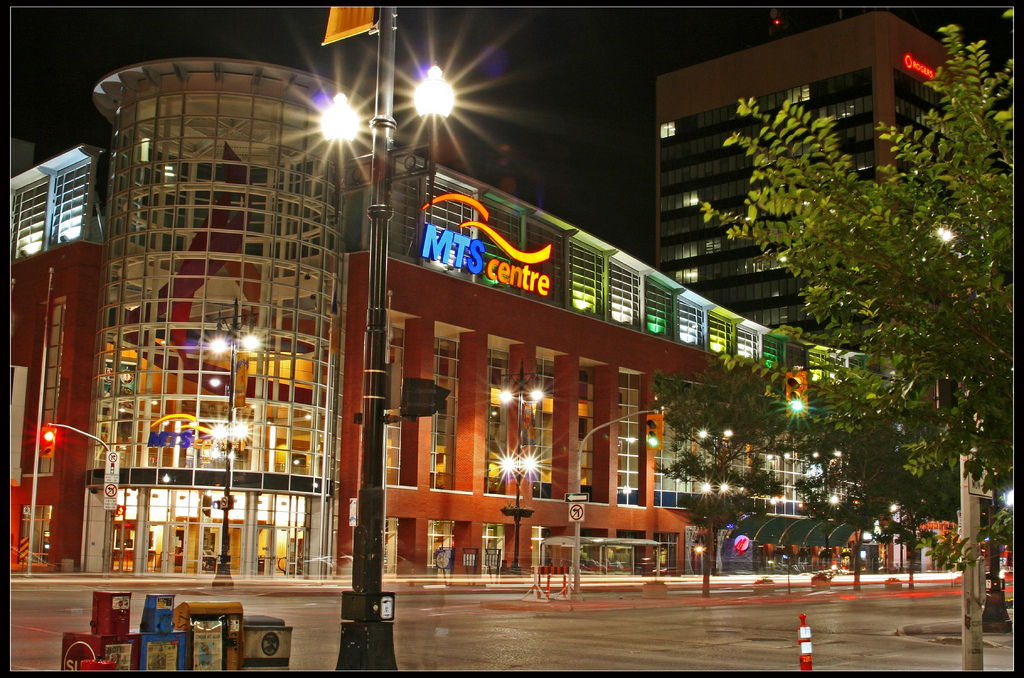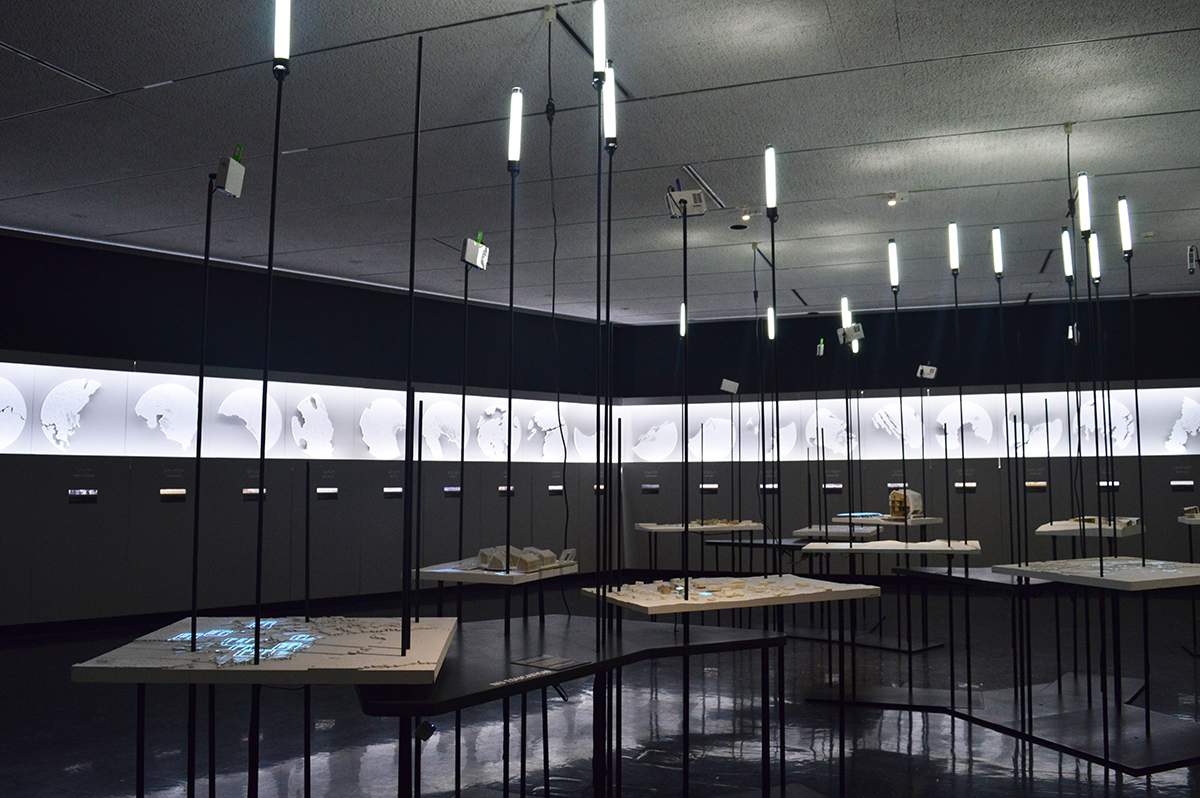This fall the City of Winnipeg all too quietly offered an expression of interest for the sale and development, both commercial and residential, of seven public golf courses, including: Windsor Park, Crescent Drive, the Canoe Club, Kildonan Park, John Blumberg, Harbourview and Tuxedo. The citizens of Winnipeg currently use these golf courses for recreation and as such citizens should have a say in what becomes of these common assets, which have been a part of the city’s fabric for generations.
Community consultation and forward thinking with regard to planning has the potential to influence a sustainable development practice that will satisfy the current needs of the citizens of Winnipeg while ensuring the needs of future generations are met. The intrinsic natural qualities of these areas ought to be retained, protected and maintained through the development the City of Winnipeg is proposing.
These golf courses act as placeholders for greenspace within the City of Winnipeg and as such are very valuable tracts of land. The locations of the golf courses are well within the metropolitan boundary of the City of Winnipeg and as such we have the opportunity to realize and improve upon current stated objectives for development, potentially creating new case studies for the ideals of future environmentally minded development. Limiting sprawl and automobile reliance while increasing density are among the benefits of the emerging development, should it be done properly. As a city cannot remain static and change is inevitable, a sense of responsibility to the citizens of Winnipeg should be upheld when looking at the sale of land of this magnitude. Ultimately, this land belongs to us.
Potential park space and formal recreation provide important intangible benefits, both social and ecological, to the City of Winnipeg. The preservation of wildlife and avian habitat are important; the majority of these spaces are located along riparian corridors, such as the Seine and Red Rivers, and in close proximity to the Assiniboine River. These riparian zones provide crucial and rare urban habitats for migratory birds in both spring and fall. The courses also provide opportunities for people to enjoy recreational activities such as golf in the summer, skiing in the winter — as evidenced at by the Nordic Ski Club on the Windsor Park course — and walking all year round. These prospects are irreplaceable and as such they need to be offered protection.
We have an opportunity to be proud of our fight for sustainable development and its ultimate fruition. Winnipeg can become a model of social, economic and ecological success — the looming sale of this land plays a key role in that potential for our city.
Let’s get involved and let our current administration know that as citizens we want to play a part in our future. One way to do this is to support organizations like Outdoor Urban Recreational Spaces (OURS), a local group that has formed to fight against this quiet sale. Help ensure that the social and environmental ideals for our city are in balance with its economic goals by communicating with your city councillors.
Lia Abolit would encourage anyone who is concerned about the sale of public land to get involved with an organization like OURS.




this is a very well written essay on the value of parkland in any city and especially in Winnipeg.The U of M should start with public consultation about planning the use of the former Southwood golf course, and I think that step is intended to happen. thanks for this .